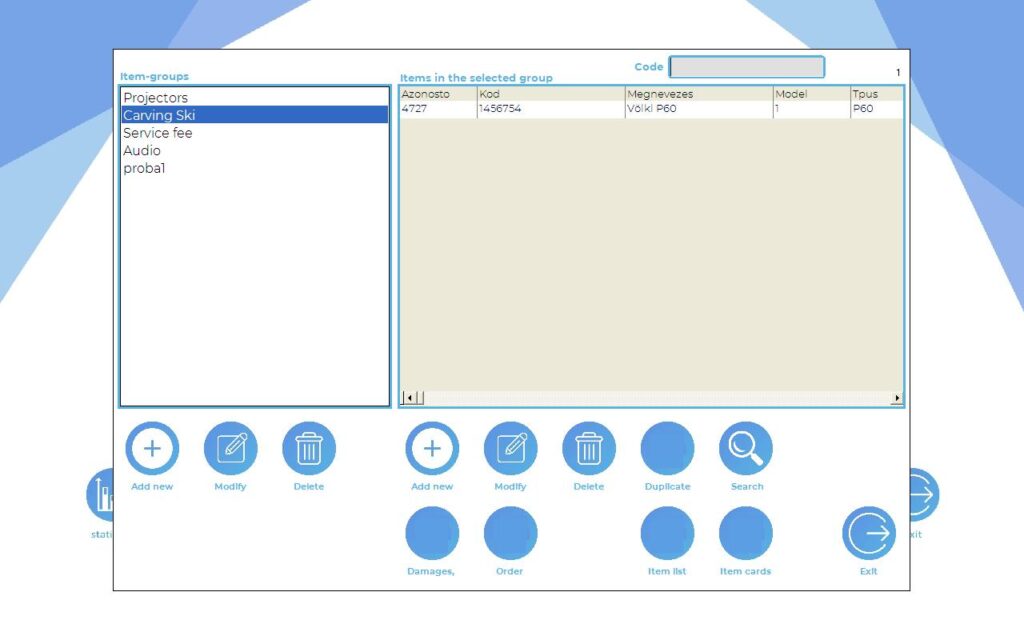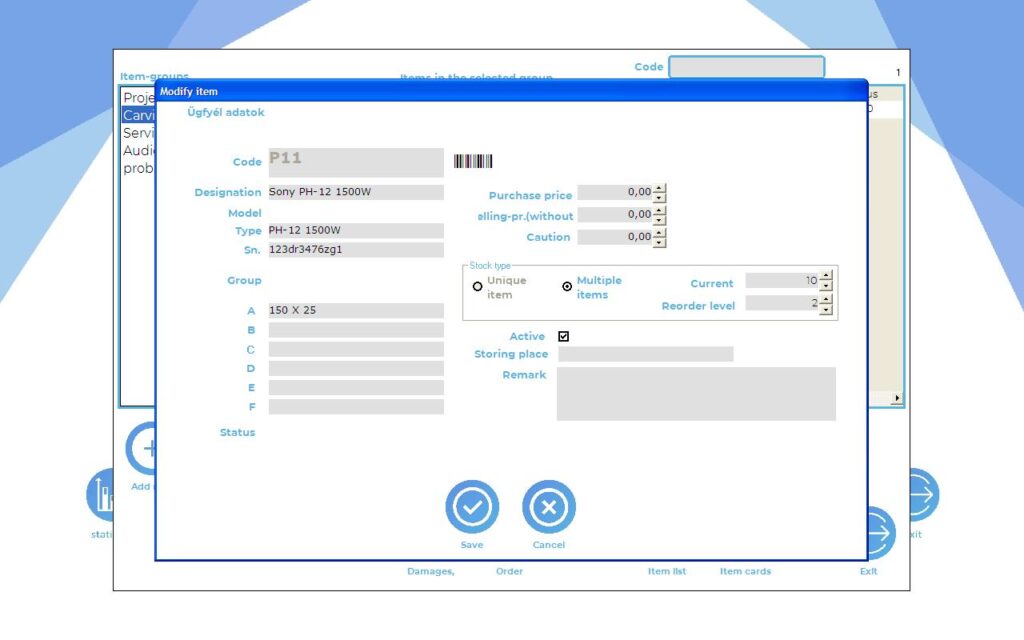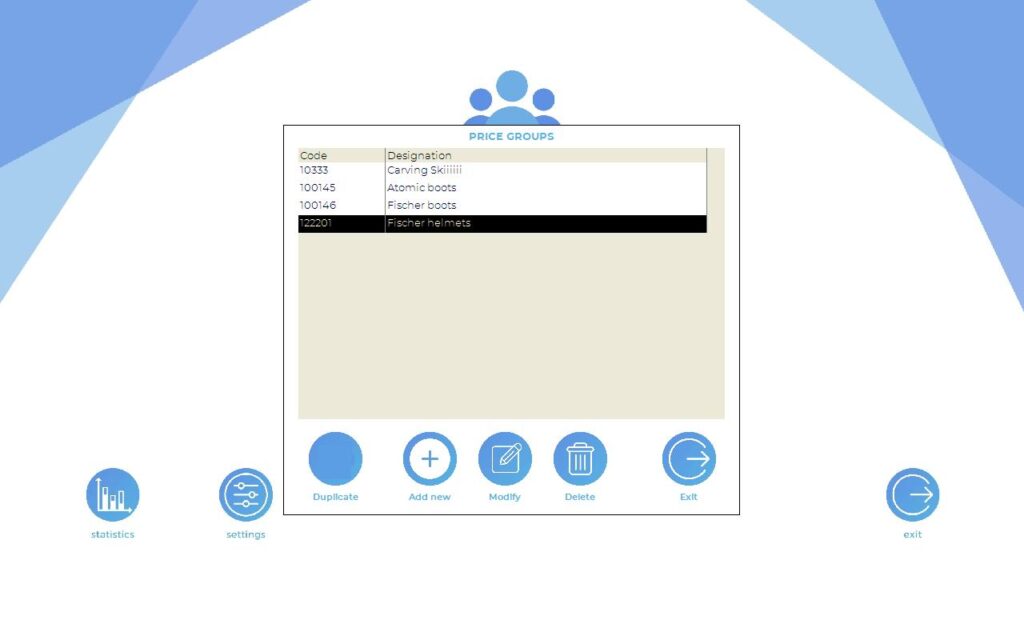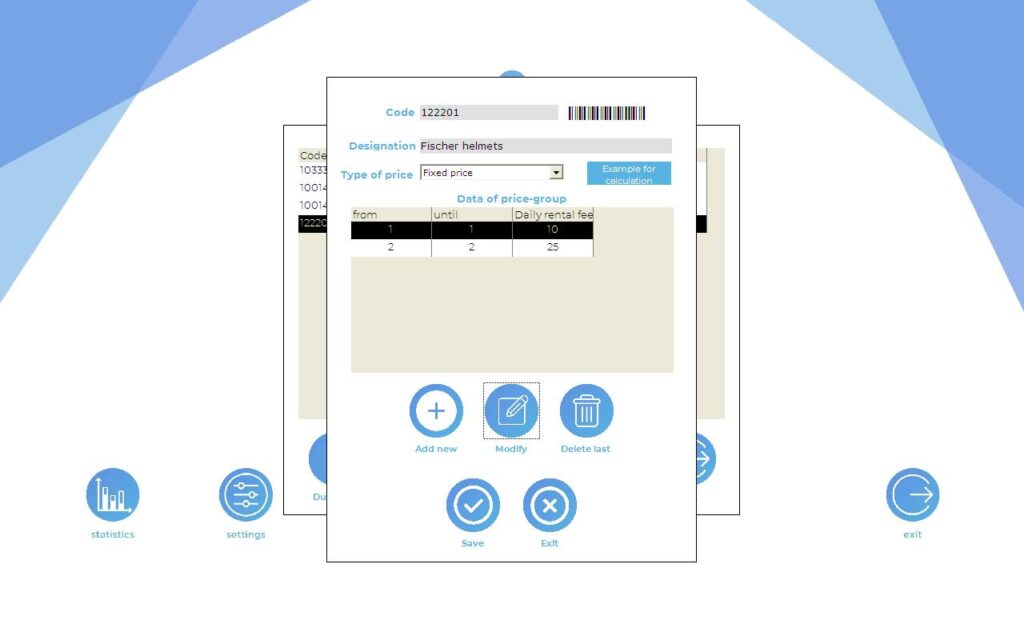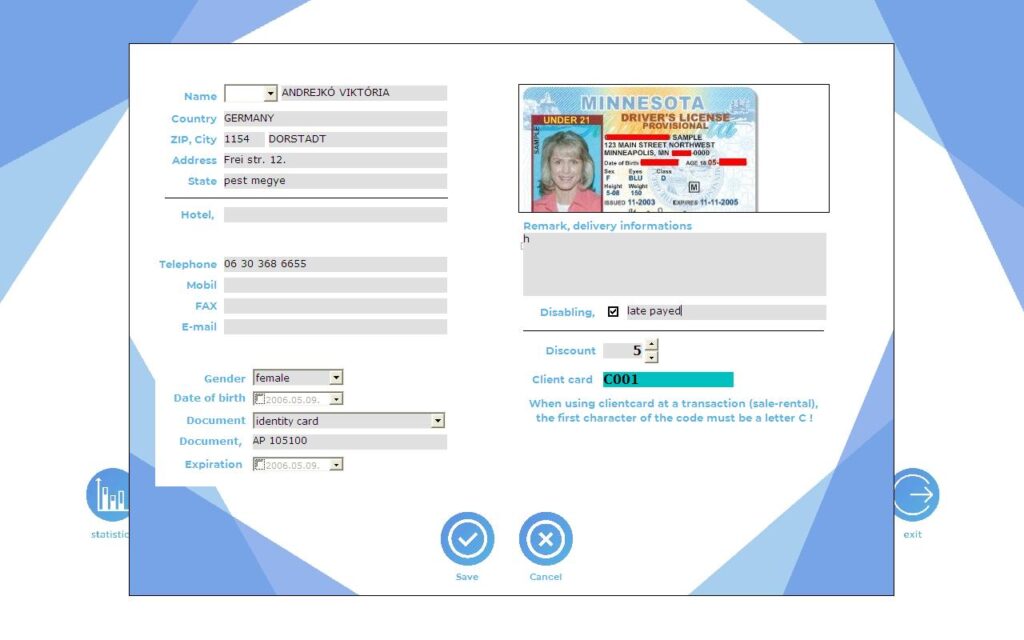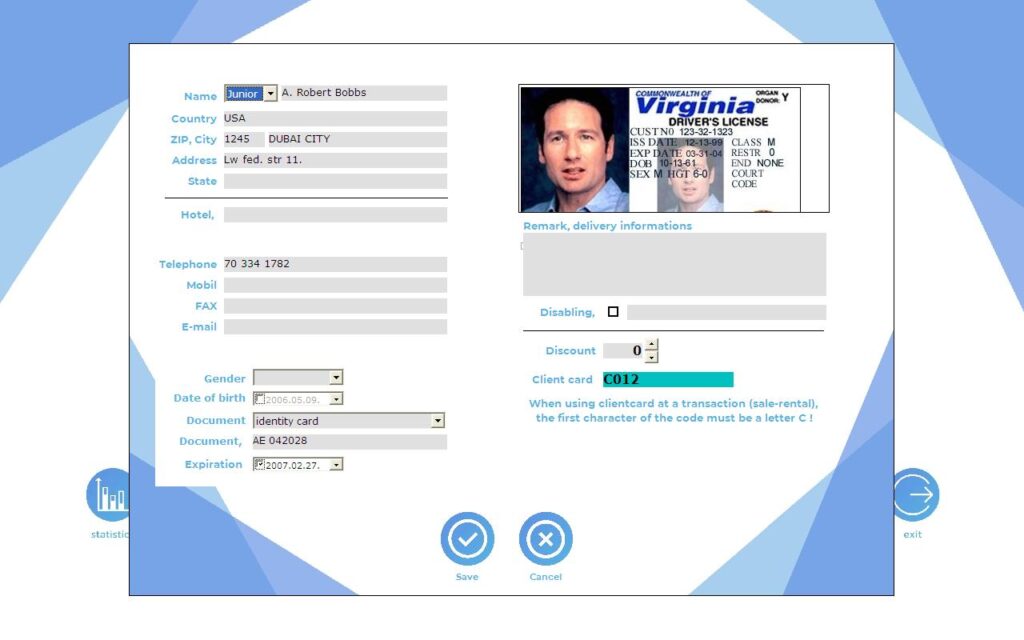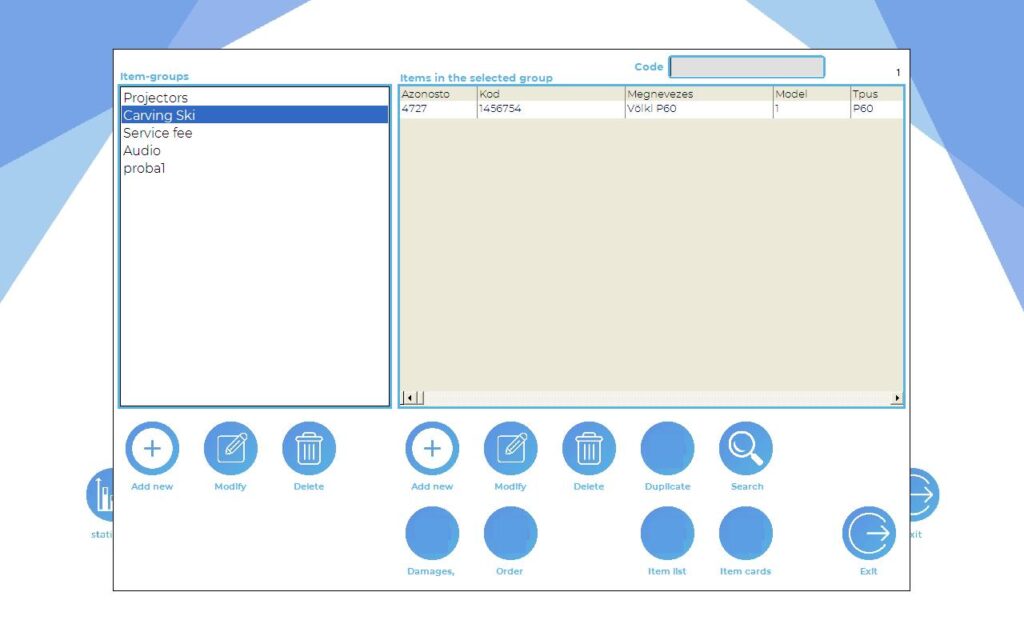A Visual Guide to Our Equipment Rental Software: Step-by-Step Screenshots
Introduction to Our Equipment Rental Software
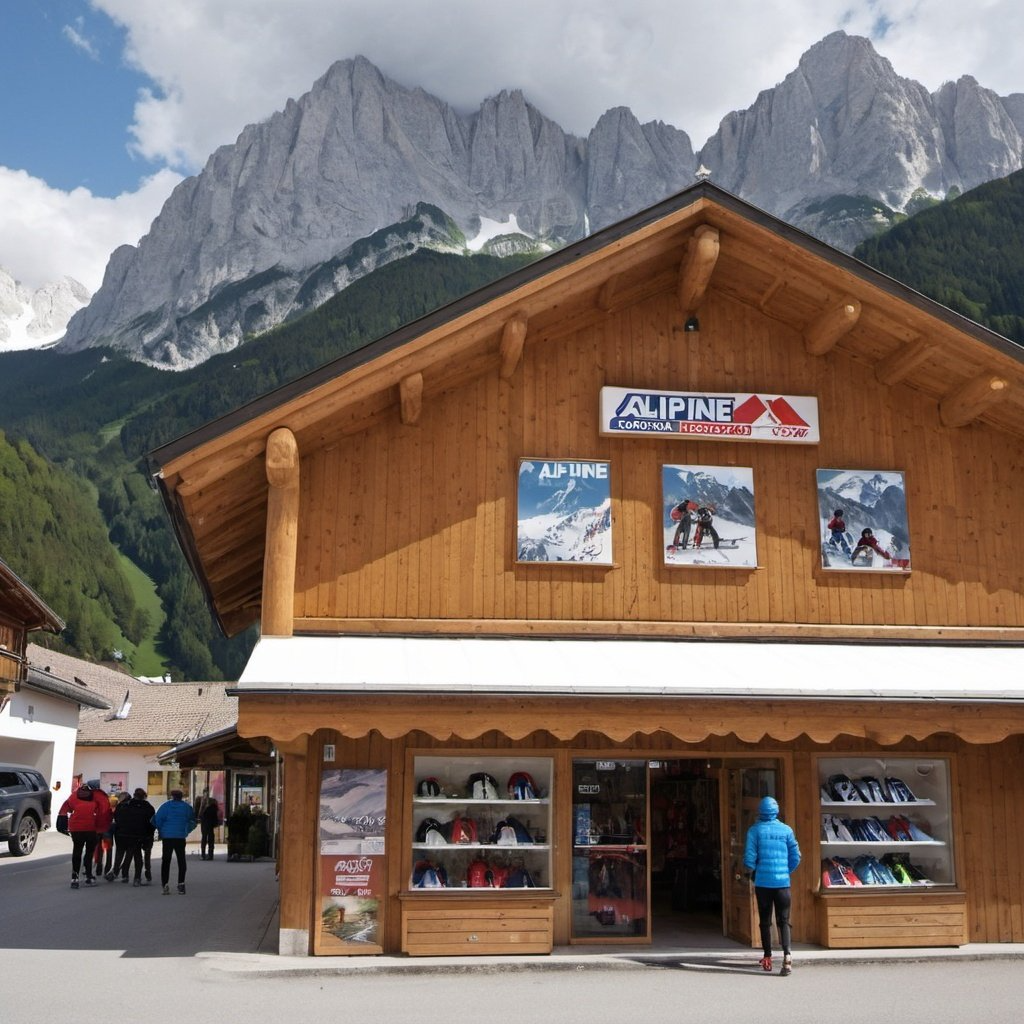
Our equipment rental software is designed to enhance the efficiency and effectiveness of your rental business operations. With the primary purpose of streamlining processes, this software ensures that every aspect of equipment rental is seamlessly managed. From tracking inventory to handling customer transactions, the software serves as a comprehensive tool to meet your business needs.
One of the significant benefits of using our equipment rental software is the streamlined operations it offers. By automating time-consuming manual tasks, the software allows your team to focus on more strategic initiatives, thereby improving overall productivity. Additionally, the software’s robust tracking capabilities ensure that you have real-time insights into equipment availability, usage patterns, and maintenance schedules, reducing the risk of errors and mismanagement.
Enhanced customer satisfaction is another critical advantage of our equipment rental software. By providing accurate and timely information about equipment status, availability, and customer history, the software enables a more personalized and efficient service experience. This leads to higher customer retention rates and positive word-of-mouth referrals, further boosting your business growth.
Understanding the functionality and features of any software can be challenging without visual aids. Therefore, in this guide, we will provide a step-by-step walkthrough of our equipment rental software through detailed screenshots. These visual aids will not only facilitate a better understanding of the software’s operations but also enable you to navigate its features with ease.
As we delve deeper into the specifics of our equipment rental software, the subsequent sections will offer a comprehensive look at various functionalities, illustrated through well-explained images. This approach ensures that you can fully leverage the software’s capabilities to optimize your rental operations and achieve your business objectives effectively.
Step 1: Setting Up Your Rental Inventory
The initial setup of your rental inventory is a crucial step in ensuring seamless rental operations. The first screenshot in our guide captures the starting point of this process, depicting the user interface where you can add and categorize your equipment. Upon accessing this screen, users are immediately presented with an intuitive layout designed to streamline the inventory setup.
In the screenshot, you can see fields for inputting essential details such as item descriptions, rental rates, and availability status. This information is vital for accurately managing your inventory, ensuring that each piece of equipment is properly documented and ready for rental. The interface allows for easy categorization of items, enabling users to organize equipment into various groups for better tracking and management.
A standout feature visible in the screenshot is the bulk upload option, which significantly reduces the time and effort required to input large quantities of equipment data. This feature is particularly beneficial for businesses with extensive inventories, allowing them to import data from existing spreadsheets or inventory systems with ease. Integration capabilities with existing inventory systems further enhance this process, ensuring that your rental software seamlessly aligns with your current setup.
The accuracy of your inventory setup cannot be overstated. By ensuring that all equipment details are meticulously entered and categorized, you lay the foundation for efficient rental operations. This initial step is essential for preventing discrepancies, avoiding double bookings, and ensuring that customers have access to accurate and up-to-date information about available equipment. As you proceed through the setup process, the system will guide you through additional steps to optimize your rental operations further.
Step 2: Managing Rental Orders
In this section, we delve into the comprehensive functionalities of our equipment rental software focused on managing rental orders. As illustrated in the screenshot, the interface is designed to streamline the entire process, making it intuitive and efficient for users.
Creating a rental order begins with selecting the rental dates. The user-friendly calendar interface allows you to pick start and end dates effortlessly, ensuring accurate scheduling. This feature helps in avoiding overlaps and ensures that the equipment is available as per the customer’s requirements.
Once the dates are set, the next step is assigning equipment to customers. A detailed list of available equipment is presented, complete with specifications and availability status. Users can easily search for specific items, making the selection process quick and precise. This ensures that the right equipment is allocated to the right customer without any hassle.
Calculating rental fees is another crucial aspect covered in this step. The software automatically computes the total rental cost based on the selected dates and equipment. This not only saves time but also minimizes the risk of errors. The detailed breakdown of costs allows both the service provider and the customer to have a clear understanding of the charges involved.
Customer management is further enhanced through robust features visible in the screenshot. Customer profiles store essential information such as contact details, rental history, and preferences. This data is invaluable for maintaining strong customer relationships. Additionally, integrated communication tools enable seamless interaction with customers, whether it’s sending reminders, updates, or responding to inquiries.
Overall, the functionalities demonstrated in this step are designed to optimize the rental order management process, ensuring that every transaction is handled with utmost precision and efficiency.
Step 3: Tracking Equipment and Maintenance
The third screenshot illustrates the comprehensive capabilities of our equipment rental software in tracking equipment usage and scheduling maintenance. This crucial step ensures that all rented equipment is monitored closely, promoting timely returns and efficient maintenance routines. The software’s interface is designed to offer a clear overview of each piece of equipment, its current status, and usage history.
One of the standout features visible in this screenshot is the maintenance log. This section details the maintenance history for each item, including past service dates, the nature of the work performed, and any notes from the technicians. This log is essential for keeping a detailed record of all maintenance activities, which helps in identifying recurring issues and planning future maintenance more effectively.
Additionally, the software provides automated alerts for upcoming service dates. These notifications ensure that maintenance is not overlooked, thereby reducing the risk of unexpected equipment failures. By scheduling routine maintenance, you can extend the lifespan of your equipment and minimize downtime. This proactive approach to equipment management is vital for maintaining the reliability and availability of your rental inventory.
Real-time status updates are another key feature highlighted in the screenshot. These updates allow you to see at a glance which equipment is currently rented out, which are due for return, and which are under maintenance. This real-time visibility is crucial for making informed decisions about equipment allocation and availability, ensuring that you can meet customer demands without delay.
The importance of these features cannot be overstated. By effectively tracking equipment usage and scheduling timely maintenance, you can ensure that your equipment remains in optimal condition, thus providing better service to your customers and maximizing the return on your investment. This step in the software workflow is integral to maintaining a smooth and efficient rental operation.



